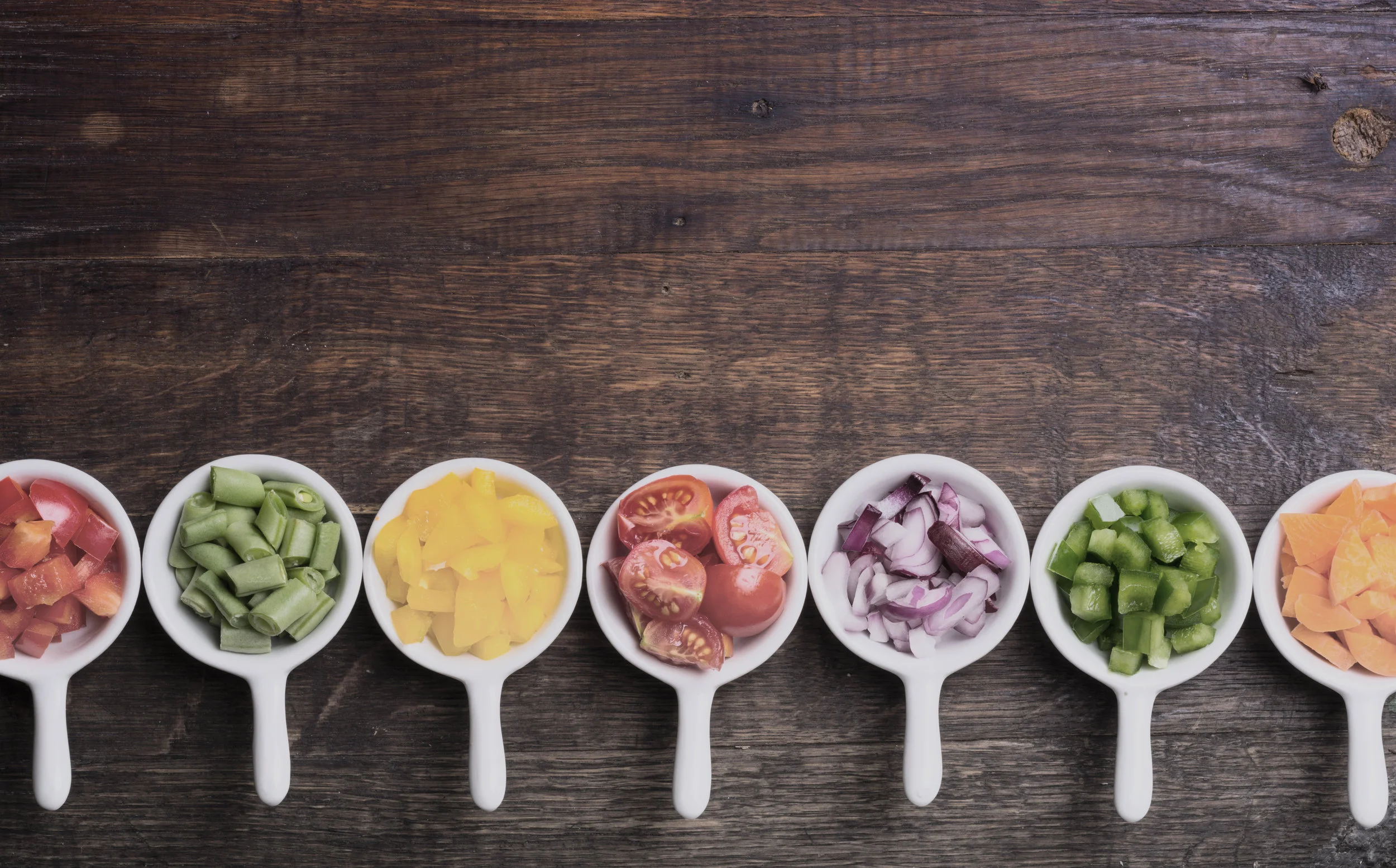Eat more to lose weight
Cutting a ton of calories or eliminating food groups is not a great strategy to lose weight, yet many people still believe that's the best way. If you cut out carbs guess what happens? You lose weight, but you also become more conscious of the foods you're consuming. Then you eat less food, thereby causing a huge daily calorie deficit and great initial weight loss. Perfect, right? Well not really because all your doing is building an unhealthy relationship with food.
You're not learning balance and portion control, and once your body begins to figure out what's happening and stops responding, you won't be able to maintain that initial weight loss. Eventually, you'll binge, fall off the wagon, and be back to square one.
What should you do to lose weight?
You need to place an emphasis on foods that are low in calorie density but are high in protein and fibre. You can then actually eat more and still lose weight at the same time! You will also feel fuller for longer and more satisfied, which will make losing weight far more successful and even enjoyable in the long term. Yep I did just say enjoyable!!
Energy and calorie density
The two most basic concepts of dieting are energy balance and calorie density. Energy balance is the idea that in order to lose weight you need to expend more calories than you consume, either through exercise or dieting and exercise. Calorie density is the calorie content of different foods relative to their volume which is usually measured per portion. For example, if a food has a low calorie density, it provides a large volume/amount per portion and has a low calorie total. Conversely, if a food has a high calorie density it will be fairly low in volume/portion size but a high amount of calories.
For example, a low calorie density food would be broccoli and a high density food would be peanut butter. A cup of broccoli would be 30 calories and keep you fuller for longer than a cup of peanut butter which would have 1,620 calories.
Both provide the same amount of food and signal your stomach in a similar fashion, as it has receptors that sense the volume of food but the broccoli due to its larger portion size will fill you up for longer than a piece of cheese or nuts for the same calories.
This clearly shows how different densities of food can have a major effect on feelings of satisfaction and how easily (or not) you can consume the right amount of calories.
Protein
Eating protein with every meal will not only help reduce calories and body fat but also increase muscle mass. Protein helps to stretch ghrelin-releasing cells and slows down the digestion of food which in turn helps to slow down the speed at which food leaves the stomach, aiding the satisfaction from meals.
Fibre
Whilst the body technically does not digest soluble or insoluble fibre, it does help to reduce appetite by absorbing water and forming a gel that helps slow the speed food moves through the stomach and like protein increases the feeling of meal satisfaction. So eat your veggies, fruit, whole grains etc in abundance.
In short, be mindful of what you put inside your body in order to achieve your goals!
Lisa x

